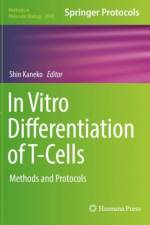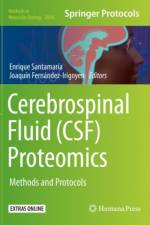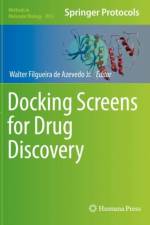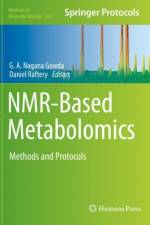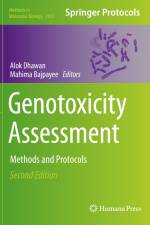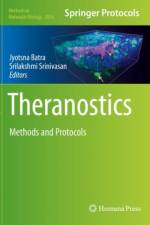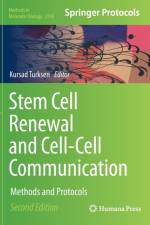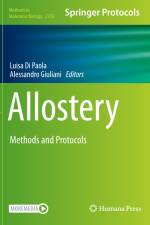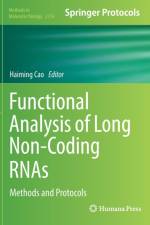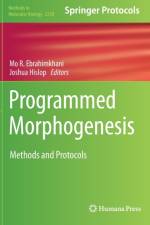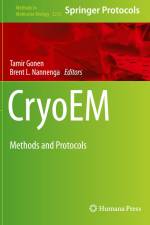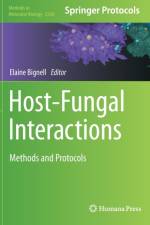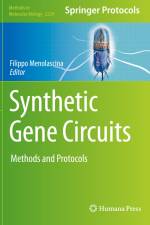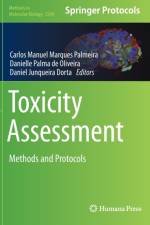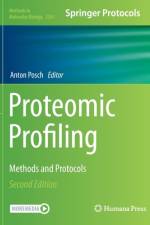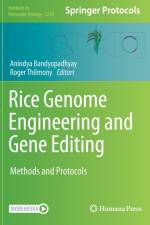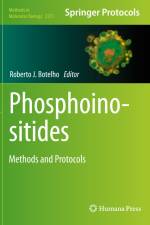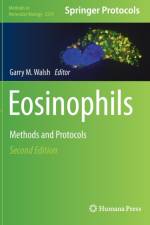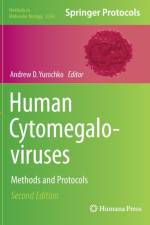av Roberto J. Botelho
1 605,-
This detailed book examines experimental approaches used to investigate the regulation and function of phosphoinositides (PtdInsP), rare eukaryotic phospholipids with a broad role in biological processes such as signal transduction, cell migration and adhesion, cell growth, subcellular organization, and membrane trafficking. The combination of complementary biochemical, mass spectrometry, and imaging methods are instrumental for the detection and quantification of PtdInsP species, as well as induced dimerization methods, affinity precipitation or co-sedimentation with liposomes, protein insertion within lipid bilayers, and enzymatic assays, or through emerging methods like native mass spectrometry and microfluidics, all of which are touched upon in this volume. Written in the highly successful Methods in Molecular Biology format, chapters include introductions to their respective topics, lists of the necessary materials and reagents, step-by-step, readily reproducible laboratoryprotocols, and tips on troubleshooting and avoiding known pitfalls. Authoritative and practical, Phosphoinositides: Methods and Protocols provides detailed methodology for both specialist and novice researchers on a variety of complementary methods that have been instrumental in dissecting the regulation, dynamics, and function of PtdInsPs.


